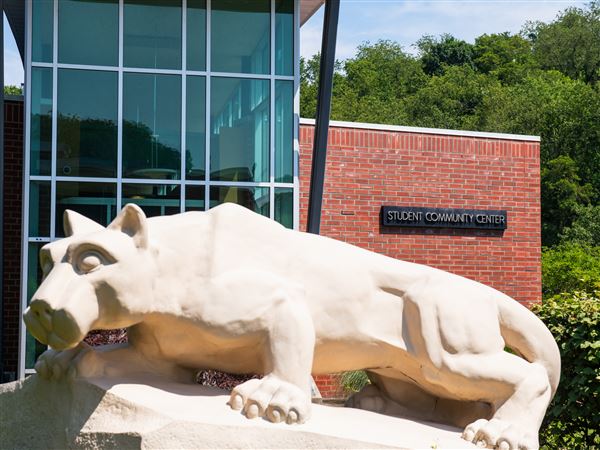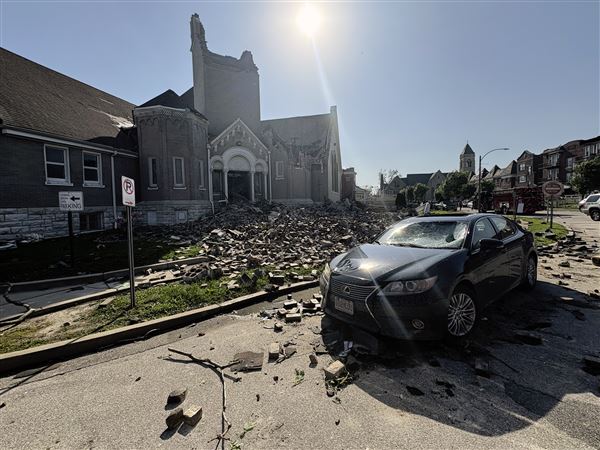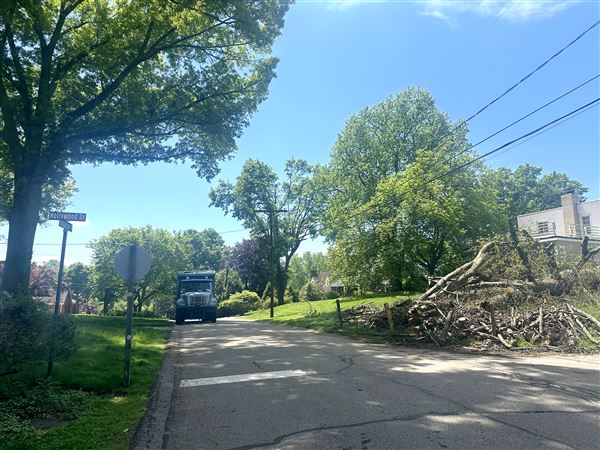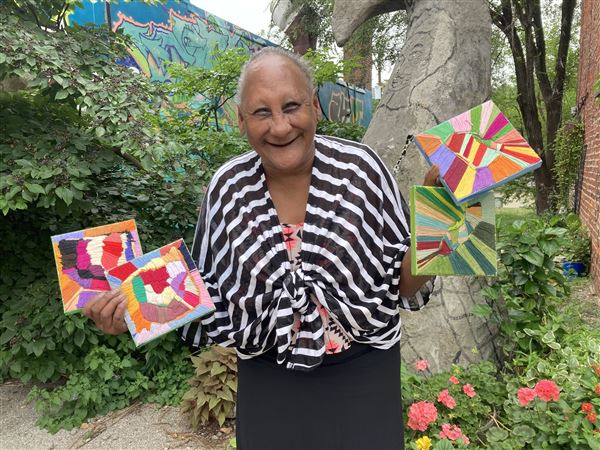Wolves have a bad reputation. They're the villain in fairy tales, and not everyone is happy that the number of wolves in the wild is growing in the western United States.
Many people see a group of wolves as a threatening mob, but Jim and Jamie Dutcher, who lived with a pack of wolves in Idaho in 1991-96, know better.
The husband and wife, who authored "The Hidden Life of Wolves, are also photographers and documentary filmmakers. They received permission from government officials to keep 11 wolves in a 25-acre camp, the largest such enclosure in the world. They raised the pups by hand, establishing a relationship with them that allowed them to see how wolves live.
The Dutchers waited for the wolves to come to them each morning, after which the animals would sprint away in different directions.
At one point during their time with the wolves, a mountain lion killed a female wolf named Motaki. The wolves stopped playing for six weeks as they mourned her loss.
Wolves used to be common in the western United States. But as people moved west, their actions brought wolves close to extinction. By 1973, only a few hundred gray wolves were left in the continental United States.
Since then, wolves have rebounded. There are about 6,000 in the continental United States and another 7,700 to 11,200 in Alaska. Only two small wolf groups -- Mexican gray wolves in New Mexico and Arizona, and red wolves in North Carolina -- are still endangered.
But that doesn't mean wolves are safe. The Dutchers, who gave their wolves to the Nez Perce Indian Reservation, now spend much of their time working to protect wolves through their group Living With Wolves. Some ranchers and farmers worry because wolves attack their livestock, and some people like to hunt wolves for sport; at least 1,500 wolves have been killed in the past two years.
Kids are among the animals' most passionate advocates: Bannockburn School in Lake Forest, Ill., holds an annual dance called Wolfstock to raise money for wolf conservation.
First Published: March 25, 2013, 4:00 a.m.
















